Growth in the Food Industry
The Carboxymethyl Cellulose Market is witnessing substantial growth due to its extensive use in the food sector. This compound acts as a thickener, stabilizer, and fat replacer, enhancing the texture and quality of various food products. The increasing consumer demand for processed and convenience foods has led to a rise in the incorporation of carboxymethyl cellulose in food formulations. In 2023, the food industry represented around 35% of the total market share, underscoring its importance. As trends towards healthier eating and clean label products continue, the Carboxymethyl Cellulose Market is expected to expand further, driven by innovations in food technology.
Expansion in the Pharmaceutical Sector
The Carboxymethyl Cellulose Market is significantly influenced by its applications in the pharmaceutical sector. This compound serves as a crucial excipient in drug formulations, enhancing the stability and bioavailability of active ingredients. The increasing prevalence of chronic diseases and the subsequent rise in pharmaceutical research and development activities are propelling the demand for carboxymethyl cellulose. In recent years, the pharmaceutical segment has contributed to nearly 30% of the market, reflecting its critical role. As the industry continues to evolve, the Carboxymethyl Cellulose Market is poised for growth, driven by advancements in drug delivery systems and formulation technologies.
Rising Awareness of Health and Wellness
The Carboxymethyl Cellulose Market is increasingly influenced by the rising awareness of health and wellness among consumers. As individuals become more health-conscious, there is a growing demand for products that are perceived as healthier and more natural. Carboxymethyl cellulose, being a plant-derived compound, aligns well with these consumer preferences, making it a favorable ingredient in various applications. The health and wellness trend has led to a surge in the use of carboxymethyl cellulose in dietary supplements and functional foods. This shift is expected to drive the Carboxymethyl Cellulose Market forward, as manufacturers seek to cater to the evolving needs of health-conscious consumers.
Rising Demand in Personal Care Products
The Carboxymethyl Cellulose Market is experiencing a notable increase in demand from the personal care sector. This compound is widely utilized as a thickening agent, stabilizer, and emulsifier in various cosmetic formulations. The growing consumer preference for high-quality personal care products, coupled with the trend towards natural ingredients, has led to an uptick in the use of carboxymethyl cellulose. In 2023, the personal care segment accounted for approximately 25% of the overall market share, indicating its significance. As consumers become more conscious of product formulations, the Carboxymethyl Cellulose Market is likely to see further growth driven by innovations in personal care applications.
Technological Advancements in Production
The Carboxymethyl Cellulose Market is benefiting from ongoing technological advancements in its production processes. Innovations in manufacturing techniques have led to improved efficiency, reduced costs, and enhanced product quality. These advancements enable manufacturers to meet the growing demand for high-purity carboxymethyl cellulose, which is essential for various applications across multiple sectors. As production capabilities expand, the Carboxymethyl Cellulose Market is likely to experience increased competitiveness and market penetration. Furthermore, the adoption of sustainable production practices may also play a role in shaping the future landscape of the industry.
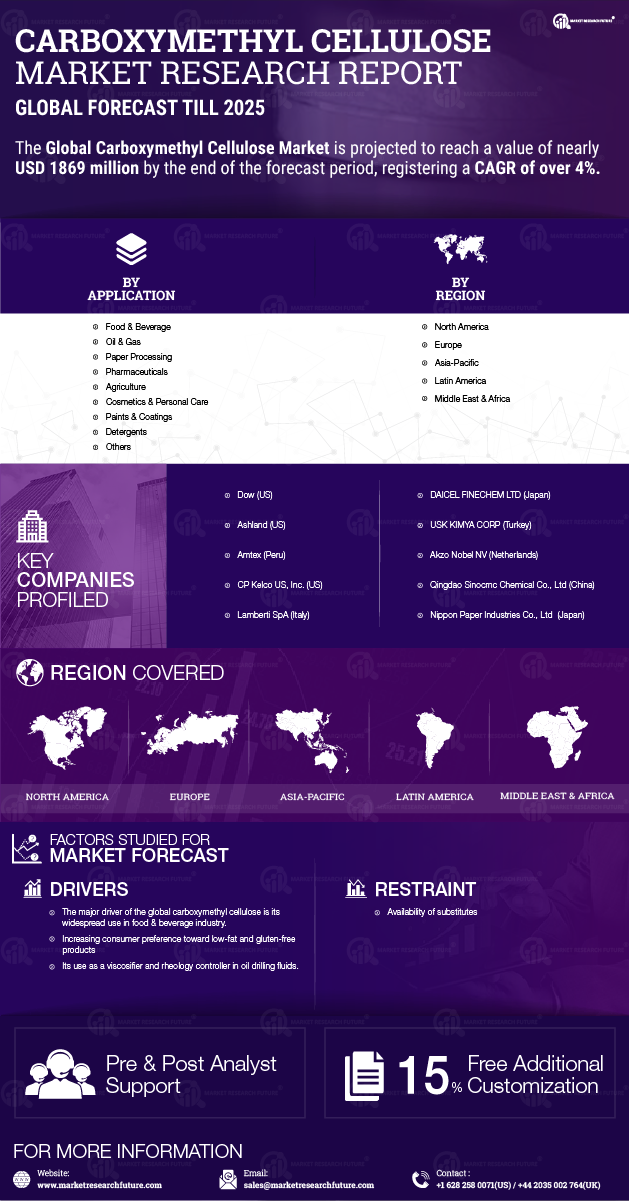


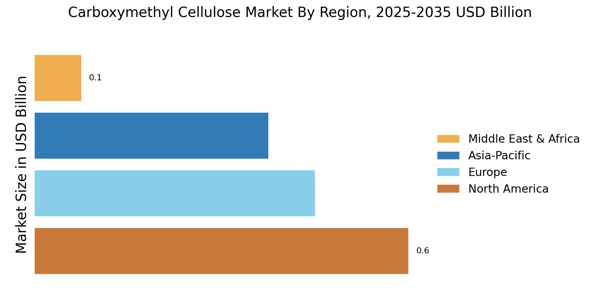
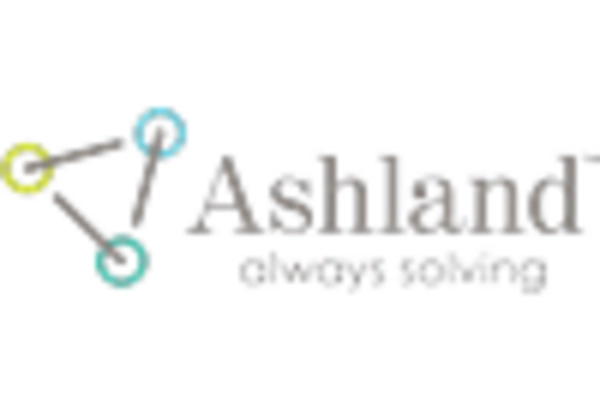

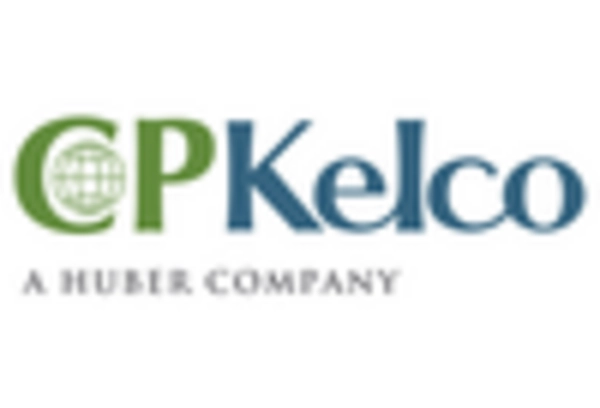

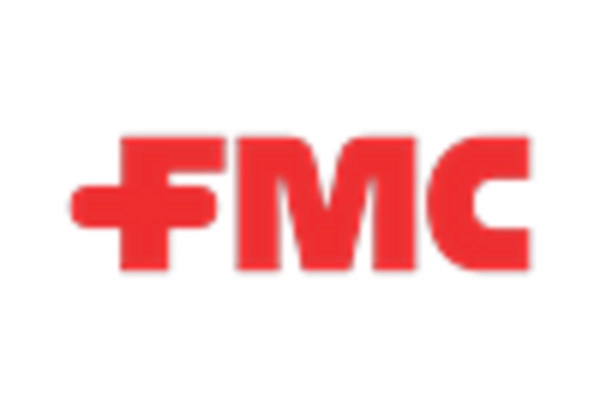
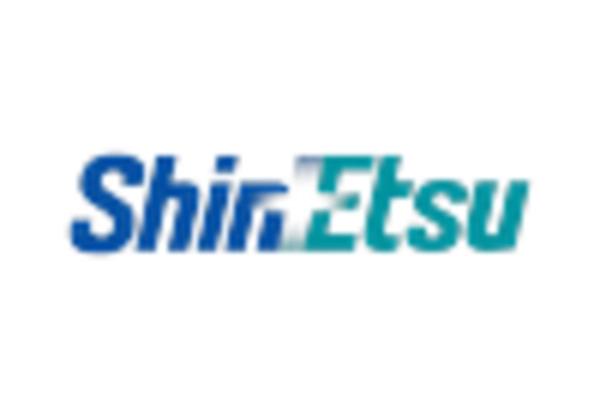








Leave a Comment